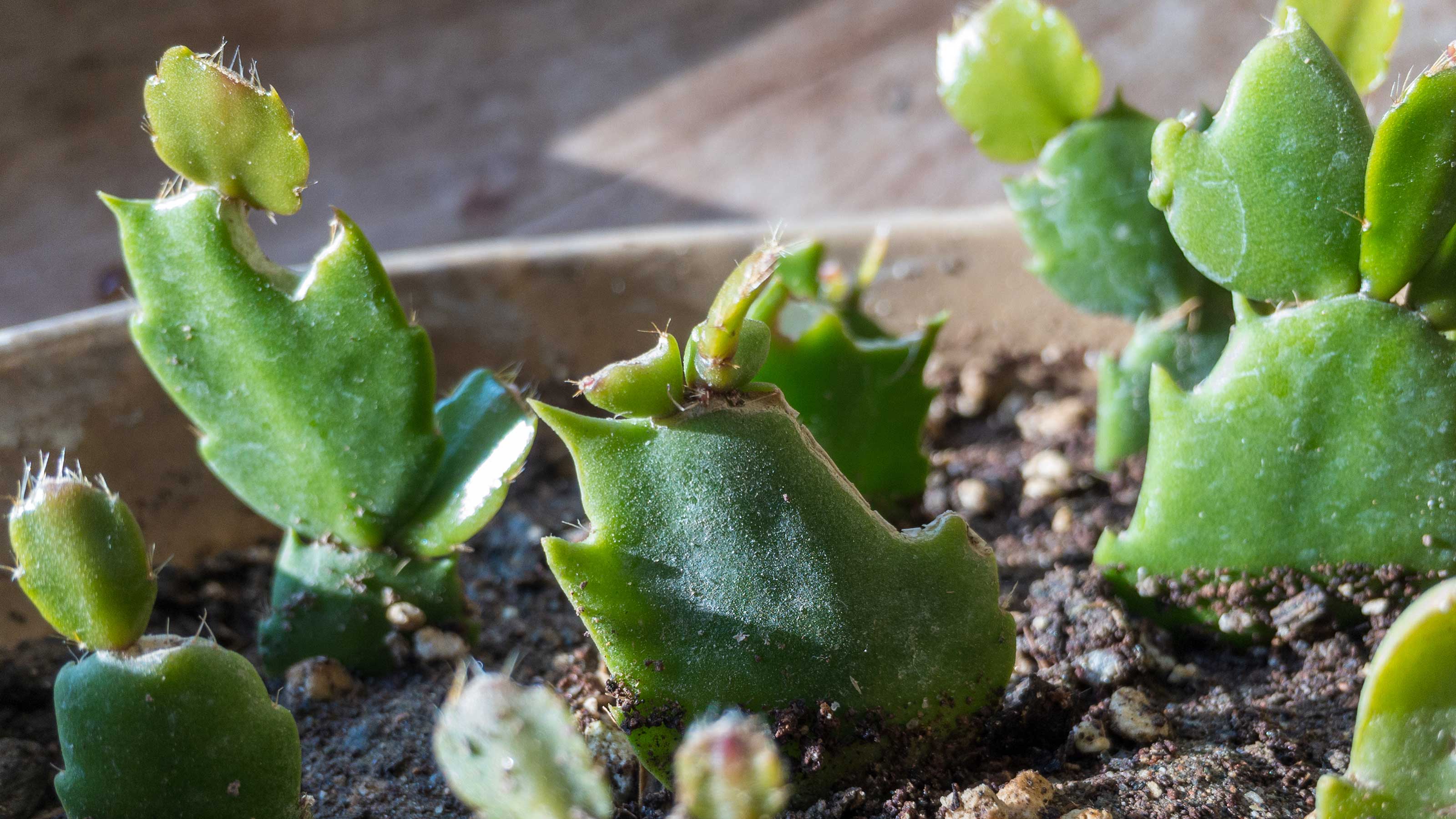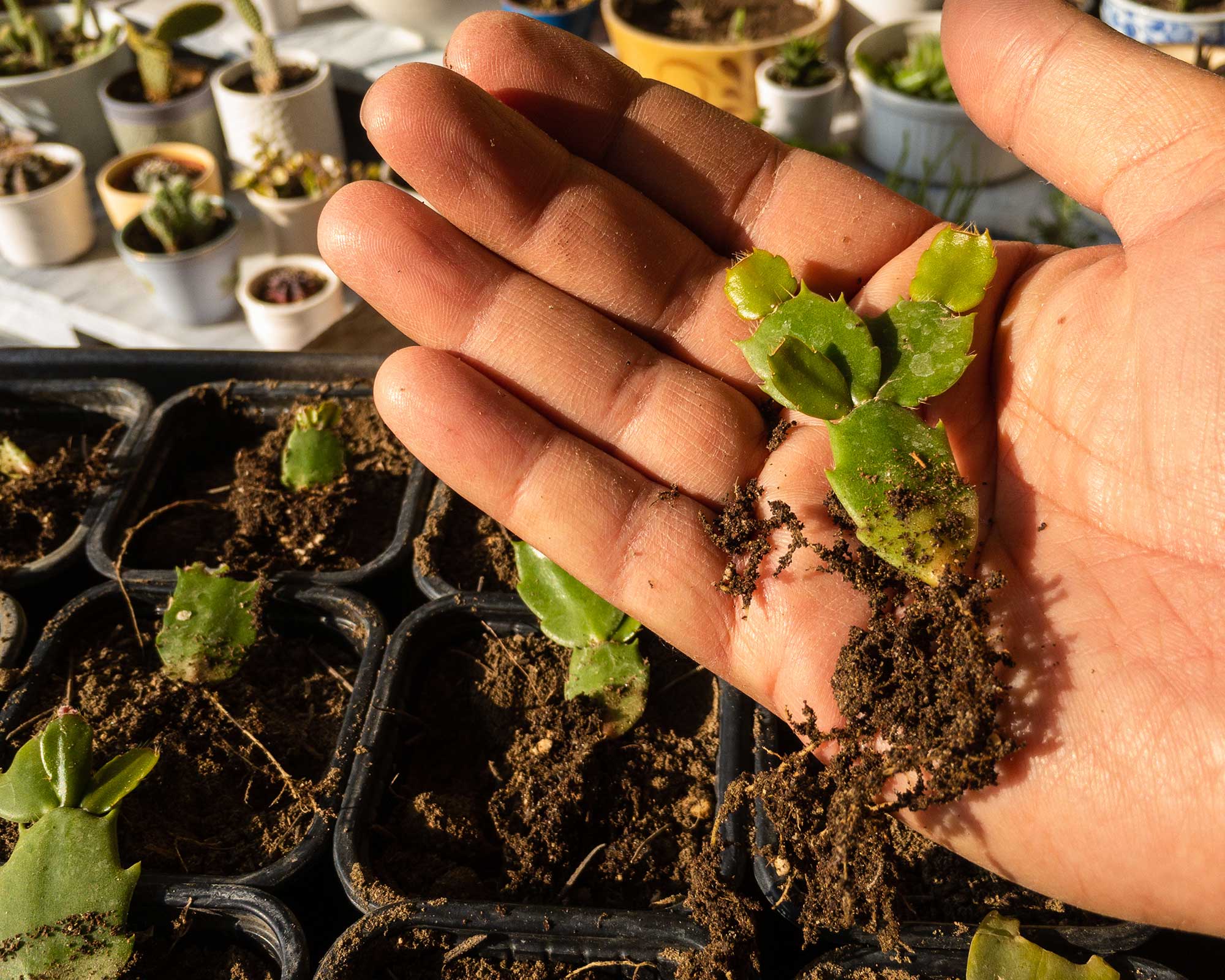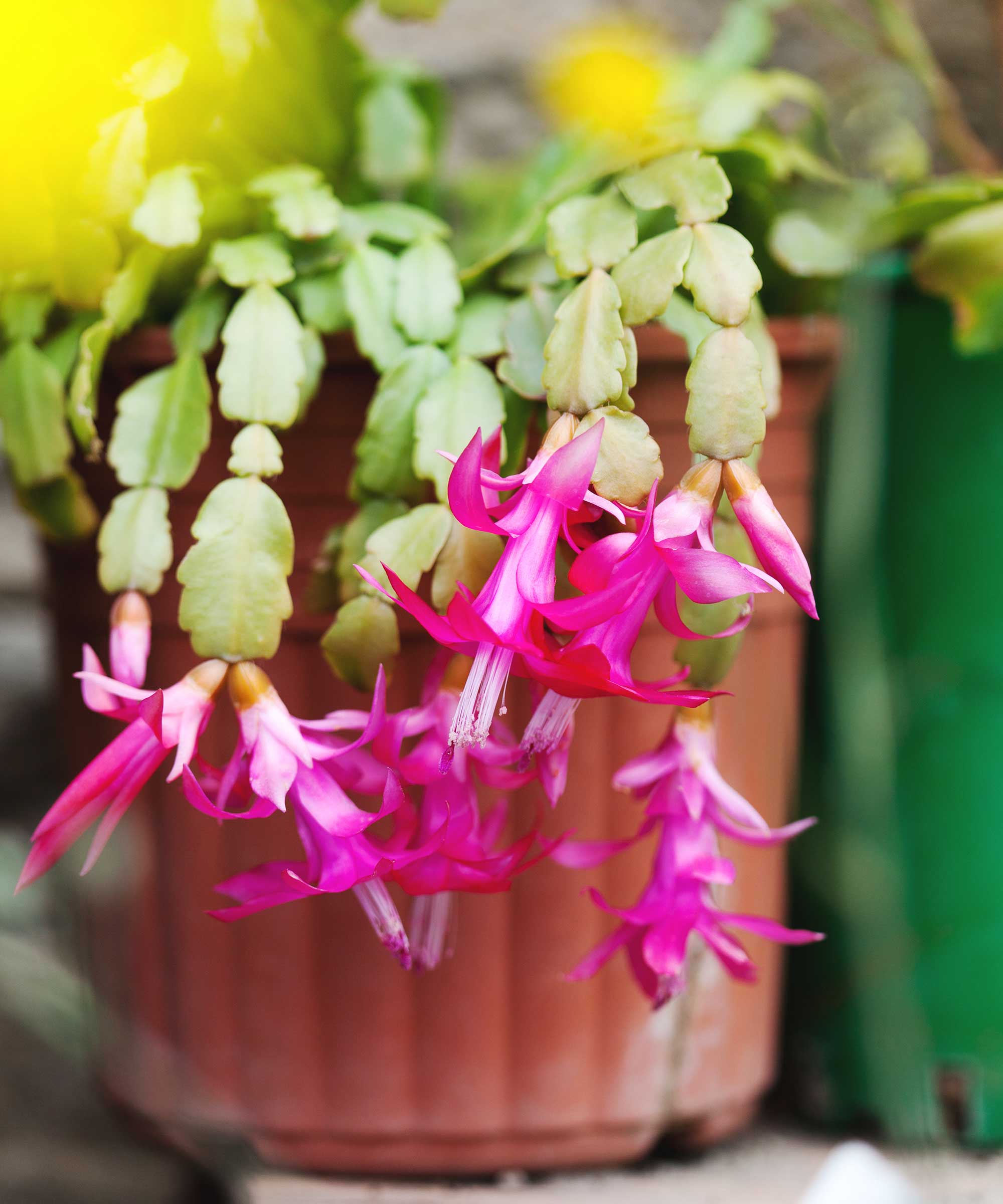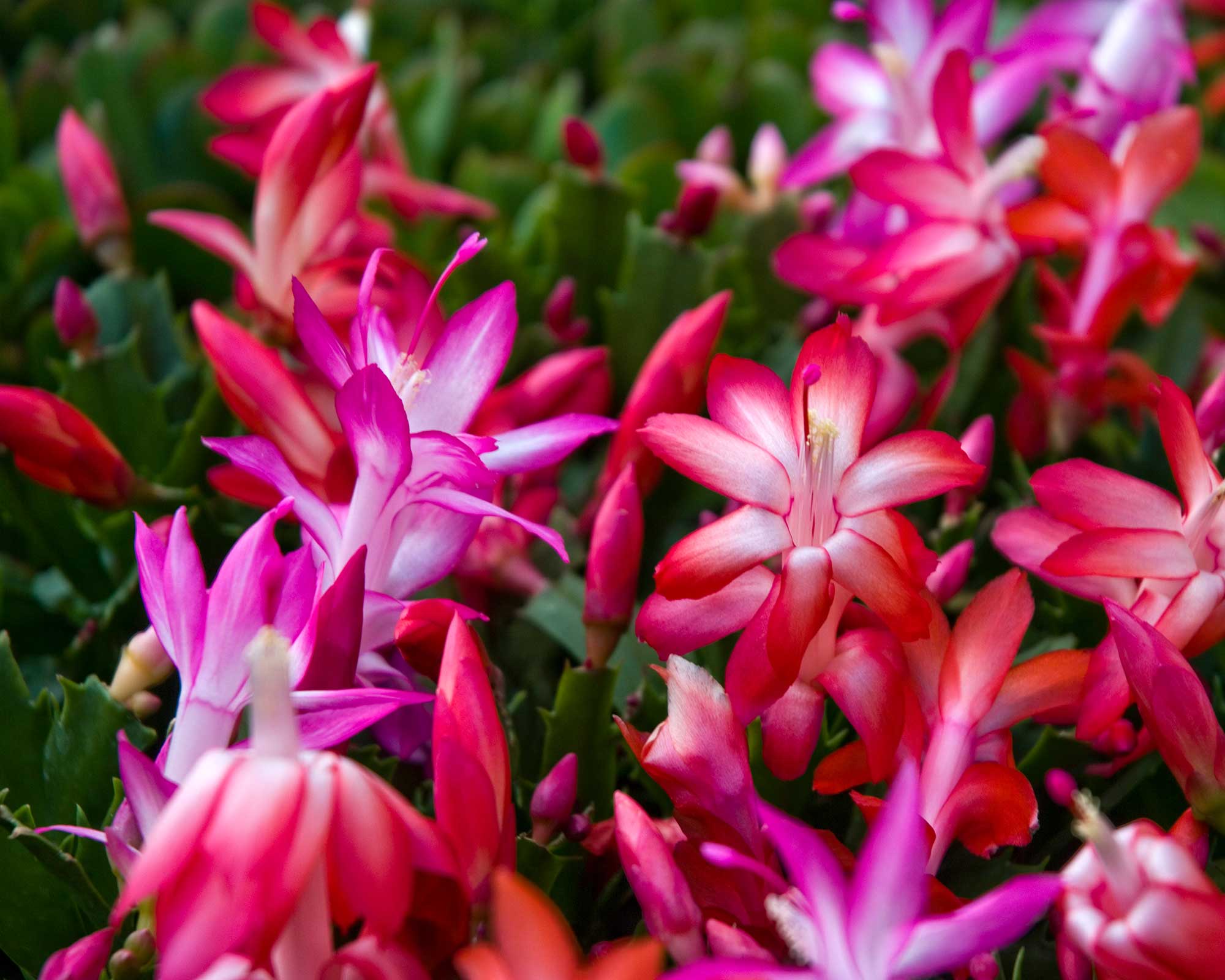Christmas cactus propagation: get more festive plants for free
With our tips on Christmas cactus propagation, you can add more of these colorful plants to your interior scheme



Christmas cactus propagation is super easy, so if you have one of these plants already, it's definitely worth learning how to do it. That way, you can increase your collection of indoor plants for free. Alternatively, the new baby plants make great gifts for friends and family.
When colder weather arrives, we tend to spend less time in our gardens and more time keeping warm indoors. And an array of Christmas plants instantly adds to the cozy ambiance, bringing color and festive cheer to windowsills, side tables, and mantelpieces.
The Christmas cactus, with its exotic appearance, bright blooms, and serrated leaves, is a classic pick for the season that, with the right care, will stay looking lovely once the holidays are over.
How to propagate a Christmas cactus from cuttings in 5 simple steps
With Christmas cactus care being straightforward, it's a great idea to make more of these plants. And just like coleus propagation, you can do so by taking cuttings.
- 'You’ll want to take a cutting with two to three "clades" on it,' says Jo Lambell, Founder of Beards & Daisies. 'Clades, or cladode, are the flat, segmented leaves of the Christmas cactus. Don't make your cutting too long – otherwise, it may overbalance and topple over before new roots have had a chance to form,' she adds. Jo also recommends pinching and twisting firmly near the join between your clades when making your Christmas cactus cuttings, rather than using a knife or other sharp tool.
- When propagating succulents, such as Christmas cacti, it's best to leave the cuttings for a day or two to dry. This will allow the wound where you made the cut to start to heal.
- After this, you can push the end of each cutting into a mixture made up of half cuttings compost (try Amazon) and half sharp sand, recommends the RHS. 'Bury until the soil covers roughly half of the first or second clade,' says Jo. 'If you want to grow multiple babies, you can propagate them all in the same pot – but just allow for plenty of breathing space,' – about an inch between each is ideal.
- Place the cuttings somewhere bright, but out of direct sunlight, at a warm temperature (65-69°F/18-24°C). Mist occasionally and water sparingly.
- In three to 12 weeks, the cuttings will begin to root, says the RHS. Once this has happened, you can pot them on.

Your cuttings will soon develop roots and can then be potted on
When is the best time of year for Christmas cactus propagation?
The best time for Christmas cactus propagation is in early summer, when they have finished flowering – that way, you won't risk missing out on any new flowers.

These colorful houseplants are perfect for brightening up the home
Will the flowers on a Christmas cactus grown from a cutting be the same color as those on the original plant?
It is reasonable to expect that the flowers of your new Christmas cactus will be the same color as the parent, but this isn't always the case. The color is quite unstable and can be variable, says John Negus, an expert from Amateur Gardening.
'Christmas cacti are sensitive to light and temperature, and these can influence flower color,' he adds.
Bear in mind that getting a Christmas cactus to bloom can require a bit of work – our dedicated guide explains.

Christmas cactus flowers can be pink, red, or white
Can you grow Christmas cactus from seed?
It is possible to grow new Christmas cacti from seed, but it is tricky. You will need to start by cross-pollinating your plant with a different cultivar of Christmas cactus, says the RHS, using a brush to transfer the pollen from one flower to the other flower's stigma, and then vice versa. This will enable small 'fruits' to form, which will then produce seeds that can be planted.
Once you have planted the seeds, don't expect a new plant quickly, though. It can take three to four years for a new Christmas cactus to be grown this way, the RHS says. For an easier and faster approach to adding to your indoor garden, it's best to go about your Christmas cactus propagation by taking cuttings.

The garden was always a big part of Holly's life growing up, as was the surrounding New Forest where she lived. Her appreciation for the great outdoors has only grown since then. She's been an allotment keeper, a professional gardener, and a botanical illustrator – plants are her passion.
